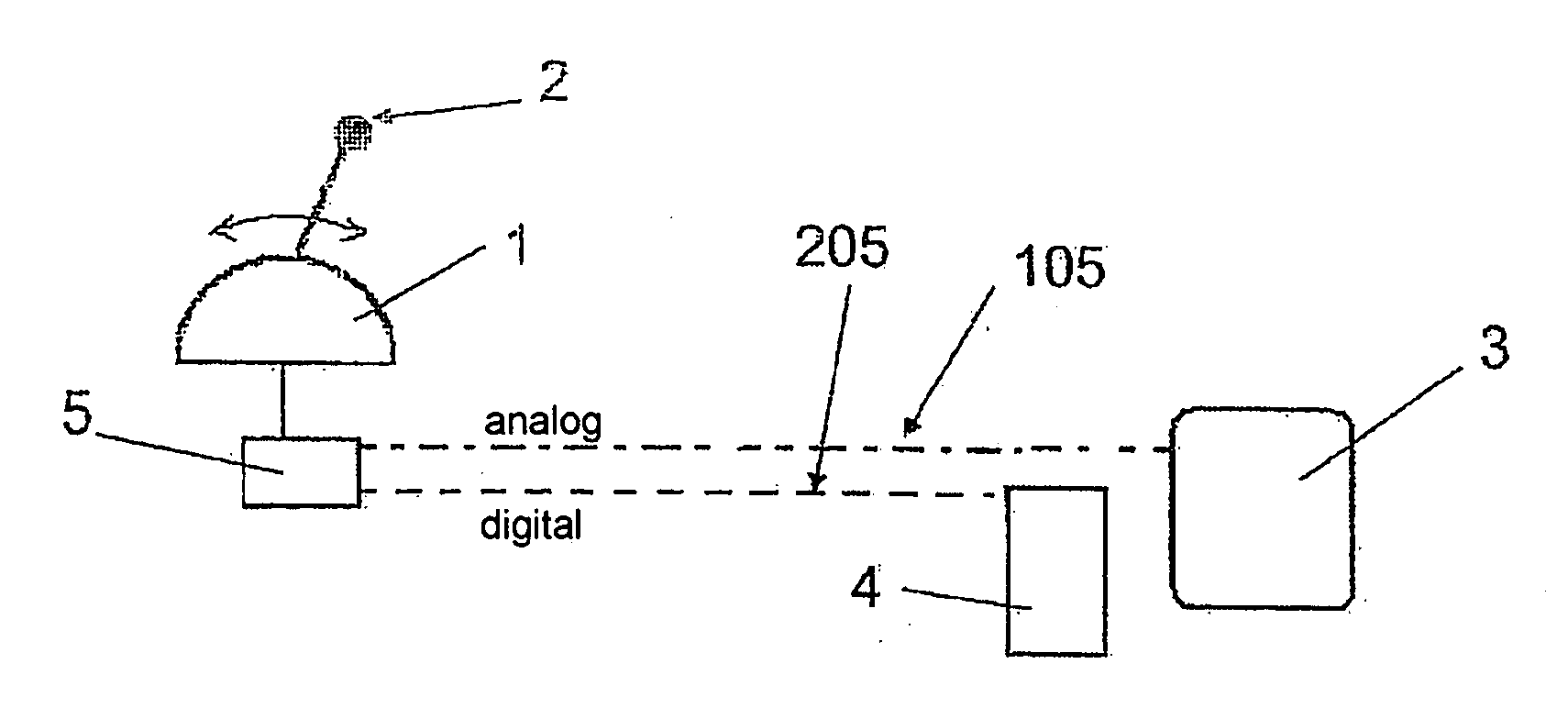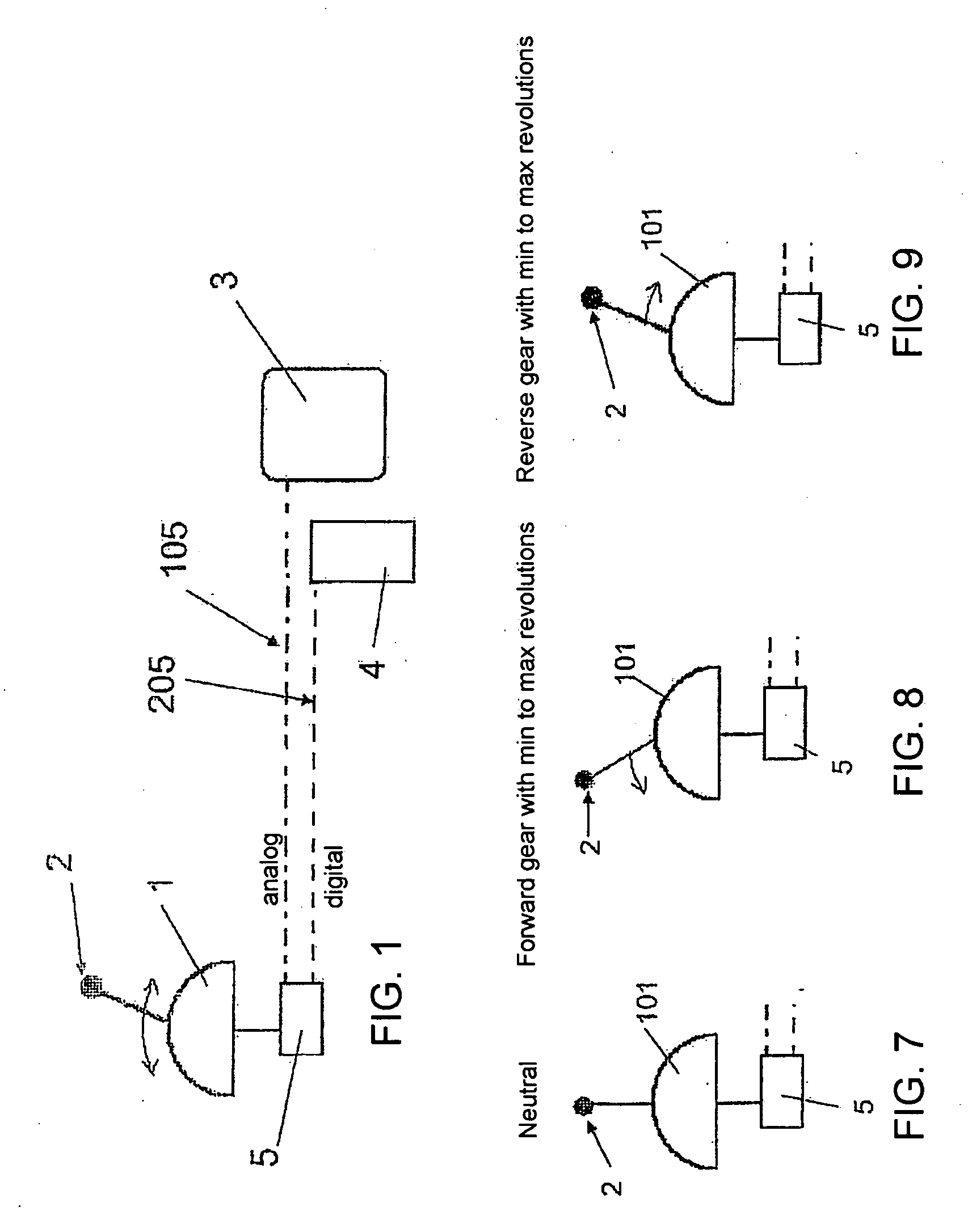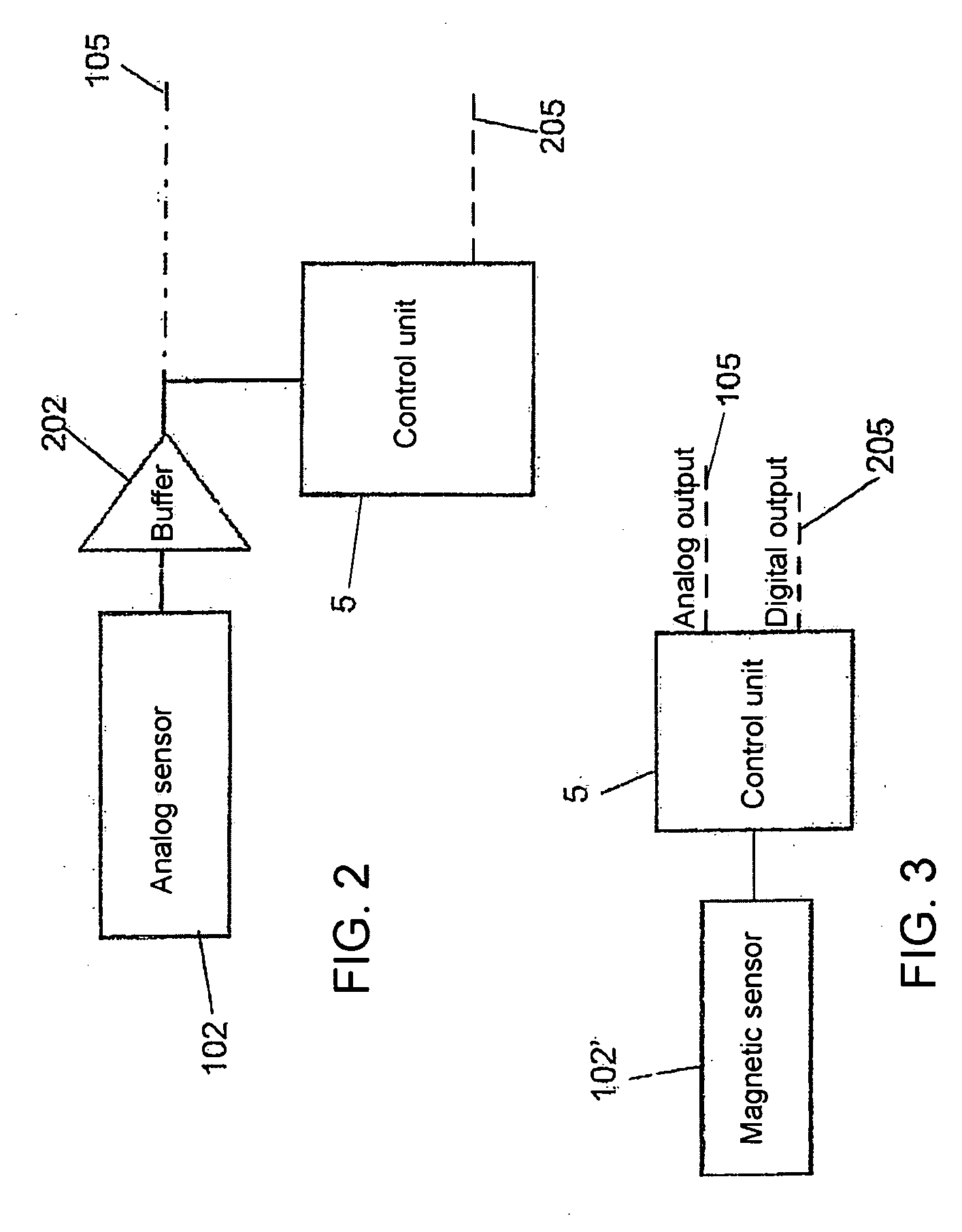Control device for watercrafts
a control device and watercraft technology, applied in mechanical control devices, controlling members, shafts, etc., can solve problems such as malfunctions, stop the transmission of command signals, and certain drawbacks, so as to reduce the use of the bus, reduce the transfer speed and accuracy of signal transmission, and reduce the effect of check actions
- Summary
- Abstract
- Description
- Claims
- Application Information
AI Technical Summary
Benefits of technology
Problems solved by technology
Method used
Image
Examples
Embodiment Construction
[0050]Detailed descriptions of embodiments of the invention are provided herein. It should be understood, however, that the present invention may be embodied in various forms. Therefore, the specific details disclosed herein are not to be interpreted as limiting, but rather as a representative basis for teaching one skilled in the art how to employ the present invention in virtually any detailed system, structure, or manner.
[0051]FIG. 1 is a preferred embodiment of a control device for watercrafts according to the present invention, particularly for watercrafts that include at least a control station 1 provided with at least a control lever 2, a motor 3, and an actuator 4 coupled to motor 3.
[0052]Control lever 2 is provided with one or more sensors for detecting a main command signal that can be set by control lever 2.
[0053]Lever 2 is operated by a user, typically for controlling motor or motors 3 of the watercraft. Inputs set by the user by a single lever 2 relate to gear and numbe...
PUM
 Login to View More
Login to View More Abstract
Description
Claims
Application Information
 Login to View More
Login to View More - R&D
- Intellectual Property
- Life Sciences
- Materials
- Tech Scout
- Unparalleled Data Quality
- Higher Quality Content
- 60% Fewer Hallucinations
Browse by: Latest US Patents, China's latest patents, Technical Efficacy Thesaurus, Application Domain, Technology Topic, Popular Technical Reports.
© 2025 PatSnap. All rights reserved.Legal|Privacy policy|Modern Slavery Act Transparency Statement|Sitemap|About US| Contact US: help@patsnap.com



